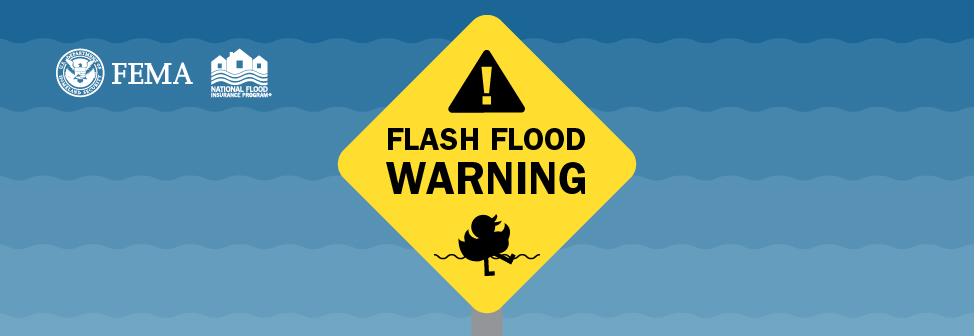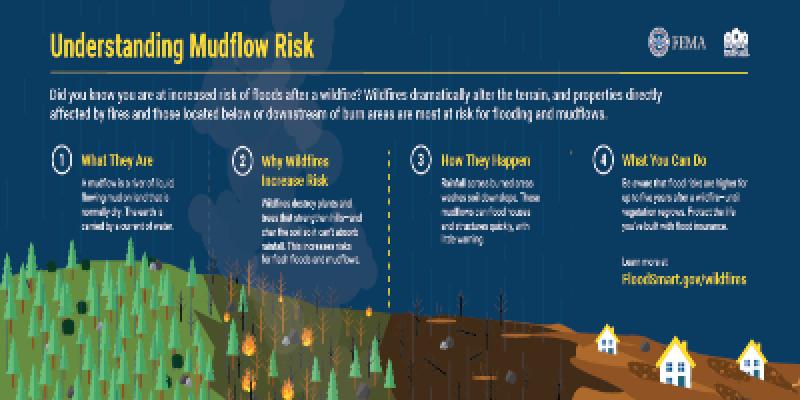
3 Things You Can Tell Your Clients to Prepare for Flood After Fire
If you sell flood insurance in a state prone to wildfires, you should know that your community is at greater risk of flooding following 2021’s wildfire season.
Approximately 49,021 wildfires burned about 6.8 million acres of land throughout the United States. While fire can be devastating to homes and businesses, one of your clients' biggest threats may still be coming...
Use the tips and information below to help your clients understand their flood after fire risk and how they can protect their homes with flood insurance.
- Large-scale wildfires dramatically alter the terrain and ground conditions. Normally, vegetation absorbs rainfall, reducing runoff. However, wildfires leave the ground charred, barren, and unable to absorb water, creating conditions ripe for flash flooding. Flood risk remains significantly higher until vegetation is restored—up to 5 years after a wildfire.
- Flooding after fire is often more severe. Debris and ash left from the fire can form mudflows. As rainwater moves across charred and denuded ground, it can also pick up soil and sediment and carry it in a stream of floodwater. These mudflows can cause significant damage.
- The best prevention is preparation. Keep important papers in a safe, waterproof place. Conduct a home inventory; itemize and take pictures of possessions. Elevate and anchor critical utilities, including electrical panels, propane tanks, sockets, wiring, appliances and heating systems. A flood does not have to be a catastrophic event to bring high out-of-pocket costs to your current and potential clients.
Only Flood Insurance Covers Flood Damage.
After a wildfire, it can be hard to imagine another risk ahead. But as a flood insurance agent, you can help ensure your community is preparing for what comes next.
Use NFIP’s free marketing resources to help inform your community about their flood after fire risk and how they can protect the lives they’ve built with flood insurance.



